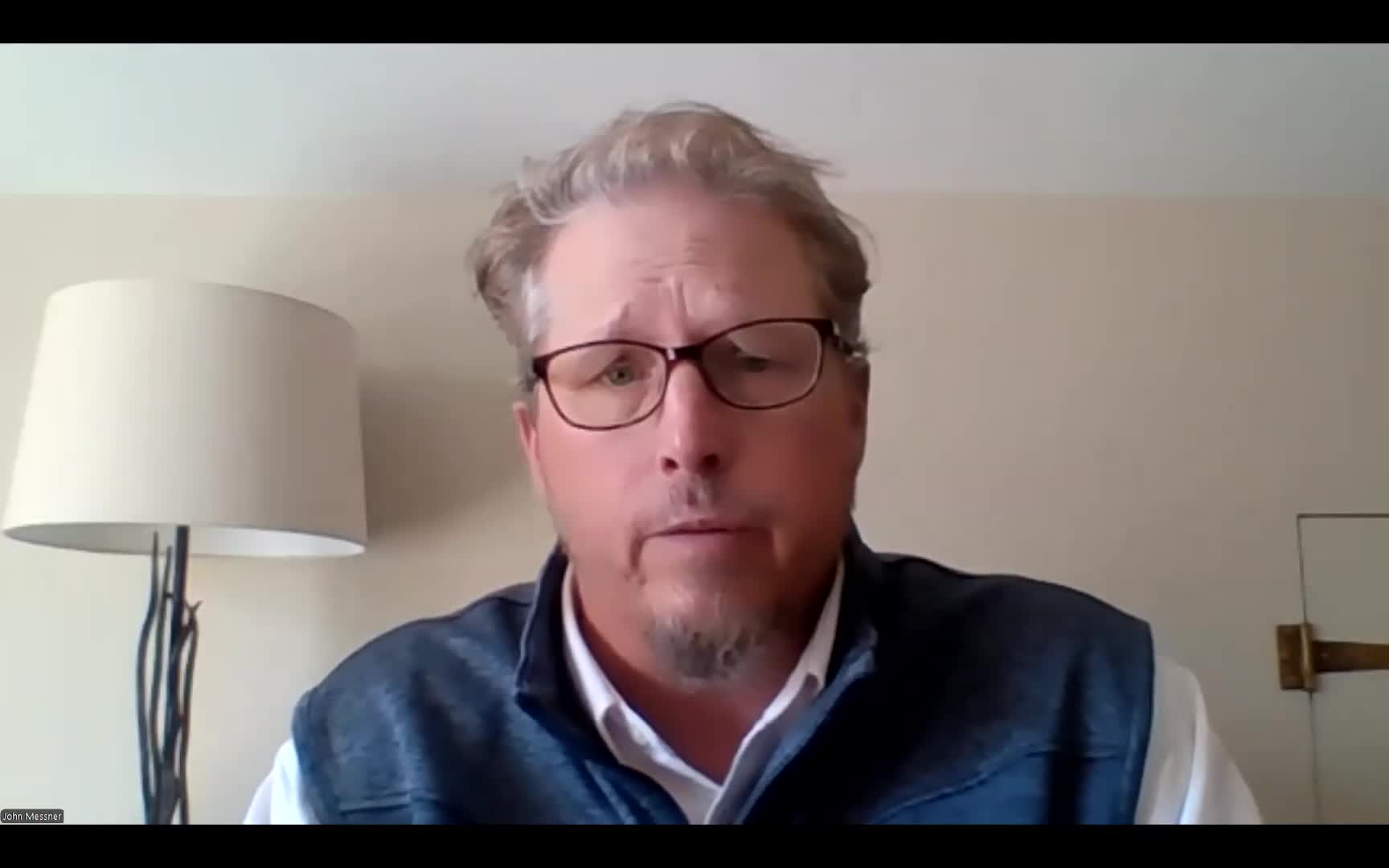Colorado Department of Public Health launches environmental justice mapping tools for communities
May 12, 2025 | Department of Personnel & Administration, State Agencies, Organizations, Executive, Colorado
Thanks to Scribe from Workplace AI , all articles about Colorado are free for you to enjoy throughout 2025!

This article was created by AI using a video recording of the meeting. It summarizes the key points discussed, but for full details and context, please refer to the video of the full meeting. Link to Full Meeting
Kumar explained that the statutory definition of disproportionately impacted communities is rooted in House Bill 21-1266, which was updated in 2023 to standardize criteria across state agencies. This definition is crucial for various state programs, including regulatory and grant initiatives, ensuring that all stakeholders are aligned in their understanding and application of the term.
The mapping tools, particularly the disproportionately impacted community map and the Colorado EnviroScreen 2, serve as vital resources for identifying areas that meet specific criteria. These criteria include demographic factors such as low income, racial composition, housing cost burden, and linguistic isolation, as well as cumulative impact scores derived from environmental health data. Kumar emphasized that the mapping tools are designed to be user-friendly, allowing users to explore and analyze data relevant to their work.
During the meeting, consortium members engaged in discussions about the update process for these tools, highlighting the importance of accurate and timely data. Kumar noted that updates are based on five-year census data and other environmental datasets, with the next anticipated update scheduled for November 2028. This timeline reflects the complexities involved in data collection and analysis, particularly in the regulatory context.
The meeting underscored the commitment of Colorado's agencies to address environmental justice issues and ensure that vulnerable communities receive the attention and resources they need. As the consortium continues its work, the integration of these mapping tools will play a crucial role in guiding decisions and fostering equitable outcomes across the state.
Converted from 2025_May 9 Colorado Produced Water Consortium Meeting Recording meeting on May 12, 2025
Link to Full Meeting
Comments
View full meeting
This article is based on a recent meeting—watch the full video and explore the complete transcript for deeper insights into the discussion.
View full meeting
